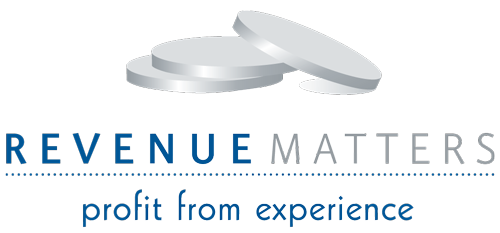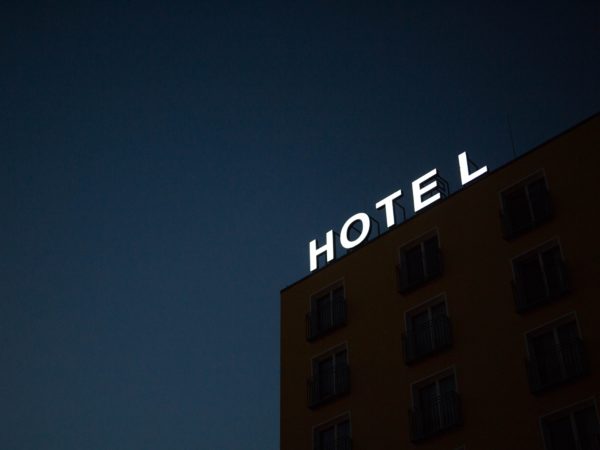
Trevor Stuart-Hill, ISHC
President, Revenue Matters
April 13, 2019
OK, if rate parity isn’t completely dead, it is certainly on life support. So, what would the world look like for hoteliers if/when rate parity completely disappears? This is an intriguing question that is fraught with complexity. I’ll do my best to cut through the confusion and get to the heart of the matter.
Let’s start by taking a quick journey back in time to understand why rate parity even existed in the first place.
Long before the introduction of Online Travel Agencies (OTA’s) which burst onto the scene starting in 1996, traditional Travel Management Companies (TMC’s) like American Express, Uniglobe and Ask Mr. Foster had been competing with each other to service corporate travelers. Most favored nation clauses (MFN) contained within those agreements ensured that no entity had an unfair advantage over the other. Since sales through these entities were commission based, retail price parity was also ensured since hoteliers were the ones setting the selling price.
With Hotel Reservation Network (now part of Expedia) touting “best rate guarantees” in the late 1990’s and early 2000’s, and with new OTA entrants quickly following suit, consumers were left with the impression that the best rates were to be found online. Hoteliers began to claw back control by offering best rate guarantees of their own and by pushing for Rate Parity clauses to be included in contract renewals with the OTA’s. OTA’s capitulated, but also insisted that MFN clauses to be included in agreements, which, like with the TMC’s assured a level playing field for all. And, this seemed reasonable at the time… after all, these terms were already commonplace between hotelier and distributor.
Fast forward to today and here’s where it begins to get weird.
The concept of rate parity is either quickly eroding or has disappeared completely in some countries such as in Austria, Belgium, France and, if the Labor Party wins the election on May 18th, Australia. Interestingly, many hoteliers now bristle at the idea of rate parity clauses and are behind efforts to challenge the legality of its provisions.
OTA’s have recently adopted interesting ways to depart from strictly adhering to the original intent behind parity clauses through practices such as “defensive pricing” whereby an OTA automatically and autonomously adjusts pricing downwards if they detect (sometimes erroneously) a lower price is being offered through a competitor. In other cases, an OTA may contract with a traditional wholesaler who has negotiated a fixed net rate with a hotelier who, in good faith, offered this rate with the understanding that the traditional wholesaler would bundle it along with other travel components such as air and car. A markup is applied to this fixed unbundled “naked” net rate and is then sourced by an OTA and sold publicly whenever dynamic pricing is increased above a certain threshold; thus, undercutting what the hotel is able to offer through its own direct channels.
On the other hand, without getting deep into legal jargon, the implementation of narrow rate parity definitions has enabled larger hotel chains to offer discounted rates to loyalty program members.
So, what would the world look like for hoteliers if rate parity was wiped off the face of the earth completely? Let’s look at some wins – and caveats to those wins – associated with living in a world without rate parity from a hotelier’s perspective.
- Win: Ability to offer lower rates on less costly channels in order to shift channel mix and therefore improve profit; but… will guests be willing to take on the burden of doing extra research to find and subsequently book a particular property directly, and will independent properties be at a disadvantage compared with those that are associated with a large chain? Does this also mean that investing in meta-search exposure (and I think we can now squarely place Google in that category) become paramount?
- Win: Receive more information about a guest prior to arrival, therefore enhancing guest experience and satisfaction; but… would this require properties to increase advertising and technology budgets to attract guests and subsequently keep track of their preferences and behaviors for remarketing purposes?
- Win: Become selective about what inventory types are sold through which channels and when; but… would this require investment in technologies in order for properties to know exactly when and where their most profitable guests are shopping and would this require an individual property having the talent and know-how to offer something in a way that is both compelling and that cuts through the competitive noise?
- Win: Turn off more expensive channels when demand is high and turn them back on when demand is low; but… this assumes distributors would be agreeable to this arrangement. Also, weaker competitors that do “play ball” with distributors year-round will likely be featured above your property during slower times of the year when you are competing more intensely for a finite number of travelers.
- Win: Have more control over merchandizing and guest messaging; but… great property descriptions and distinctive naming conventions don’t count for a lot if your property doesn’t rank high in search results, so increased expenses and attention relating to eCommerce efforts would be required.
- Win: Own the relationship with your guests; but… expect an increase in direct calls to the property for “price matches” and to reassure individual guests who are confused about all the different prices they see out there. Also, expect more direct negotiations with your front desk staff as up-to-the-minute rate information is readily available to your guests.
In my view, rate parity as we know it no longer exists, and it is likely to continue to change quickly, so hoteliers would be wise to grapple with the issues raised above sooner rather than later. Tomorrow will be here before we know it!



